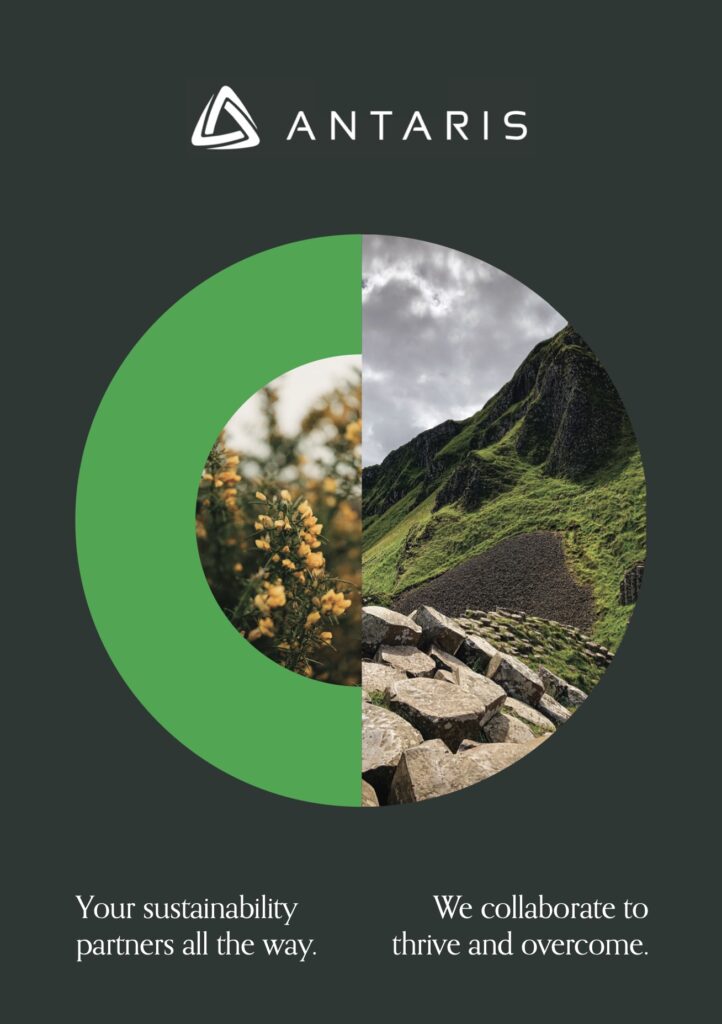Healthy Wild Swimming
Winter swimming is coming to an end for this season, although the unhabituated would probably still wince a little at the current temperatures in our seas, rivers and lakes. Many of us swam throughout the winter and things are now heating up (a little). The thing is, we weren’t alone. In one local river spot, the swimmers were going into the water in shifts this weekend to ensure compliance with Covid restrictions. Many of these swimmers have been swimming in all seasons for years.
The official outdoor bathing season in Ireland runs from June 1st to September 15th (Bathing Water Quality Regulations 2008), so effectively the legislation regarding our favourite swimming spots doesn’t apply for 70% of the year. The main hazards to health relate to water pollution by faecal coliforms and faecal streptococci, although other contaminants can arise from pollution or waste in the water. There is no requirement for these contaminants to be assessed or reported to the public outside the “bathing season” as specified in the 2008 Regulations.
The EPA summarise the responsibilities for Bathing Water Quality in Ireland as follows:
- Local authorities are responsible for managing and monitoring Bathing Waters.
- The Environmental Protection Agency (EPA) is the environmental regulator and ensures that local authorities carry out their functions under the Bathing Water Regulations.
- The Health Service Executive (HSE) provide advice to local authorities on public and environmental health issues related to Bathing Water.
- The public can make representations to their local authorities to identify new Bathing Waters and can help by keeping their local beaches clean
S.I. No. 79/2008 – Bathing Water Quality Regulations 2008 require that “Bathing waters shall be monitored in respect of the parameters intestinal enterococci and escherichia coli” at a sampling frequency and using analytical methods as outlined below.
PARAMETERS AND REFERENCE METHODS
For inland waters
| A | B | C | D | E | |
| Parameter | Excellent quality | Good quality | Sufficient quality | Reference methods of analysis | |
| Intestinal enterococci (cfu/100 ml) | 200 | 400 | 330 | ISO 7899-1 or ISO 7899-2 | |
| Escherichia coli (cfu/100ml) | 500 | 1,000 | 900 | ISO 9308-3 or ISO 9308-1 |
For coastal waters and transitional waters
| A | B | C | D | E | |
| Parameter | Excellent quality | Good quality | Sufficient quality | Reference methods of analysis | |
| Intestinal enterococci (cfu/100 ml) | 100 | 200 | 185 | ISO 7899-1 or ISO 7899-2 | |
| Escherichia coli (cfu/100ml) | 250 | 500 | 500 | ISO 9308-3 or ISO 9308-1 |
So, what are your rights if you are swimming outside the bathing season or in areas which have not been designated as bathing waters?
Effectively you are not covered by the provisions of the Regulations and there is no requirement for informing you of the quality of the waters during that time or in that place. The initial identification of recognised bathing waters was conducted by local authorities prior to March 2011. If bathing waters weren’t included at that stage then new waters would have had to be officially introduced by the authorities. This must be based on use of the water for swimming by a “large number” of people. The definition of large is “a number that the local authority considers to be large…”. In addition, any bathing waters which were found to be insufficient for 5 consecutive years may be subject to a permanent bathing ban.
Given that the Covid 19 restrictions have greatly reduced the options for swimmers it is likely that in addition to swimming outside the June to mid-September season, people are also swimming closer to home, and possibly outside of officially designated bathing waters.
What can be done to ensure swimming is healthy as well as safe?
- You can raise the question of extending the season and increasing the official swimming areas with local politicians and T.D.s.
- Stick to locations where others are swimming. If they’re not getting ill then there’s a good chance you won’t either. This is far from a cast-iron defence against sickness, however. You might all get sick together!
- Stick to areas that are at least classified as bathing waters during the season and where testing is conducted. This is generally started in March although results may not be published at this stage.
- Contact your local authority to find out what the status of your usual swimming spot is. If it’s not a designated spot and there are others swimming there, consider canvassing the authority to include it in their bathing waters for future testing.
- Consider forming a group to conduct sampling and have the samples analysed by an approved laboratory. If the water quality is sufficient and there are a number of people swimming there, it also supports the case for the area to be designated as bathing water.
- Consider sampling at least once during the winter season, especially if there has been any unusual event that could impact water quality. Storms and heavy rain, for example, can carry biological and chemical pollutants into rivers and lakes. Avoid swimming if the results fail to meet the parameters summarised in the table above.
- If you still have doubts about the quality of the water you’re swimming in, the best advice is probably not to do it. If you’re hooked however and insist on going ahead, ensure to shower as soon as possible after finishing your swim. A “traditional” remedy is also to drink a can or two of Coke (other brands are also available) after swimming, but I can’t stand over this as an effective measure.
Stay well!
References:
http://www.enviro-solutions.com/dailynews3/020421-bathing-water-testing.html
S.I. No. 79/2008 – Bathing Water Quality Regulations 2008 http://www.irishstatutebook.ie/eli/2008/si/79
S.I. No. 163/2016 – Bathing Water Quality (Amendment) Regulations 2016. http://www.irishstatutebook.ie/eli/2016/si/163
EPA Reports: (See https://www.epa.ie/pubs/reports/water/bathing/ )
2020 Bathing Water Quality in Ireland 2019: A report on water quality at Ireland’s 147 identified bathing waters.
2020 Bathing Water Quality Infographic 2019: Bathing Water Quality Infographic 2019
2020 Bathing Water Quality Map 2019: This map shows the water quality status of each identified bathing water for the 2019 bathing season.


